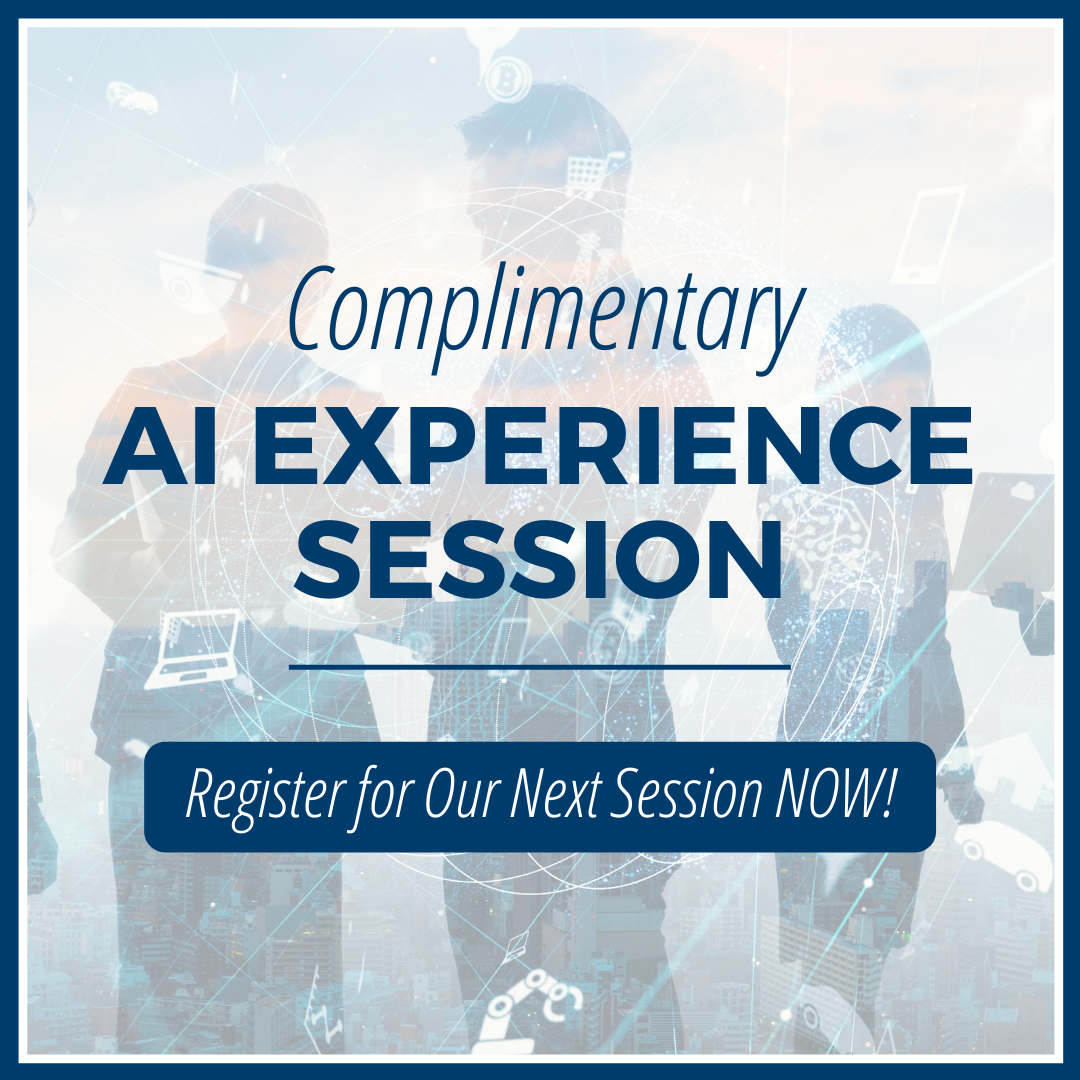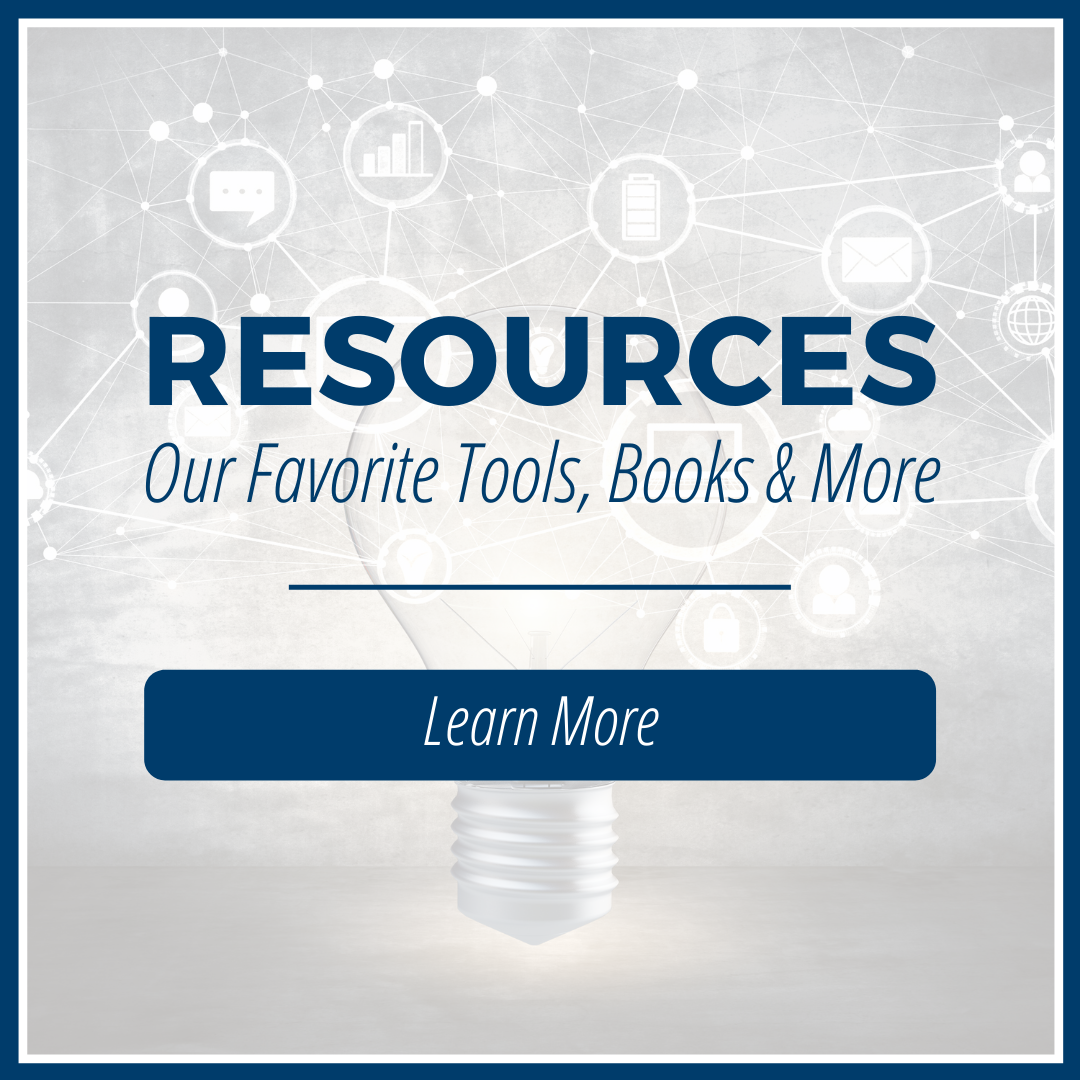Why innovation can positively influence employee engagement.
Webster’s dictionary suggests various understandings of culture other than those ‘features shared by people in a place or time.’
Two of their other definitions are:
- the shared attitudes, values, goals, and practices that characterize an organization.
- the integrated patterns of human knowledge, belief, and behavior that depends upon the capacity for learning and transmitting knowledge to succeeding generations.
When addressing a culture of coaching in an organization, we look to collaboration in a shared enterprise that expects the engagement of participants intent on innovation. In our modern ‘schema of things’, organizations are compelled to innovate just to stay afloat. Company closures regularly hit the news. In the last ten years, big businesses such as Enron, Kodak, Polaroid, Compaq and Radio Shack have all shut their doors. Without innovation, a company or a whole industry will simply be left behind.
A 2018 benchmark report[1] by KPMG and specialist consultancy Innovation Leader is well worth serious study. The report comprises three parts – strategic alignment, funding, and delivery impact. The opening remarks state the issues:
The world is changing quickly. Many companies are running as fast as they can simply to keep up with the pace of change, but are challenged to move even faster. The question for all of us is, are we being audacious enough? Investing enough in the right things at the right time to make an impact? We hope this report helps you ask the questions that get you to the answers you need for your next steps forward.
For a company truly to thrive and not simply survive, its culture must embed an openness to fresh input from within. Innovation means to ‘become new from the inside’. This will demand that all levels of employment be collegial, meaning everyone enjoys the psychological safety of sharing ideas without fear of ‘rolling eyes’ or putdowns such as ‘That won’t work’. In such an environment, no one need be afraid of failure.
However, innovative businesses also dedicate resources specifically to forecasting the future and preparing for growth. For these businesses, innovation resources are both their personnel and their capital. KPMG classified three types of investments in innovation utilizing Bill Sharpe’s H1, H2, H3 model from his book Three Horizons. They are incremental, adjacent, and transformational.
- Incremental investments, called ‘Core’ or ‘Horizon One’ (H1), are improved services for existing customers tied to the core business. For example, Coca-Cola’s local flavor, Georgia Peach[2].
- Adjacent investments, Horizon Two (H2), involve the expansion of a related business or customer segment. Examples include General Motors’ Maven car-sharing platform and Nike’s Nike Plus membership scheme.
- Transformational investment, called ‘Breakthrough’, ‘Horizon 3’ (H3), is disruptive innovation that creates an entire new business to serve a new market and new customers.
Depending on the depth of financial resources in a particular company, these different levels of innovation may be entrusted to teams of dedicated individuals who work full-time on future development and growth.
Essential to the success of an innovation team is the culture of collaboration and engagement. Collaboration is the form of cooperation in which each member works freely and harmoniously with the team’s leader towards achieving the collective goal. Each member takes personal leadership and therefore personal responsibility, underpinned by the psychological safety created to ensure a culture of collaboration – all of which contribute to the success of the team.
Integral to team collaboration is the dedicated engagement of participants who are accountable to the team as well as to the leader, and ultimately to the overarching good of the company. Personal engagement in this context is the commitment, loyalty and passion for one’s employment within a company that enriches the employee’s sense of self and ensures the company’s reputation and quality of production. An engaged employee is absorbed in their project and enthusiastic about their place within the workplace. Such an employee is able to meld their personal values with the values of the organization.
Peakon[3], a platform for measuring employment engagement, offered these statistics in their e-book, The Psychology of Employee Engagement:
In 2012, a study by Gallup found that business units in the top-quartile in employee engagement outperformed bottom-quartile units by 10% in customer satisfaction ratings, 22% in profitability, and 21% in productivity. These teams also saw significantly lower turnover, absenteeism, and fewer safety incidents.
When coaching for innovation, a coach should be aware of these two elements: the corporate collaboration of the client’s company and the client’s type of engagement at work.
Questions such as the following could be appropriate:
-
What motivational support is available in your company?
-
How open is communication?
-
How freely are you allowed to work? Describe how you experience psychological safety.
-
Are there opportunities for professional growth?
-
Do you experience personal relations as something valued? Is achievement recognized?
These questions can help an employee feel part of the company’s movement forward, even if they are not assigned to a dedicated innovation team.
- https://www.coca-colacompany.com/stories/specialty-sodas-with-a-local-twist-coke-leans-into-handcrafted-heritage-with-new-flavors
- KPMG, Research: Benchmarking Innovation Impact 2018. 2018 Innovation Leader LLC and KPMG LLP: https://www.innovationleader.com/benchmarking2018/
- Peakon, 2018. The Psychology of Employee Engagement, e-book. People Analytics and Employee Engagement. Peakon.com




